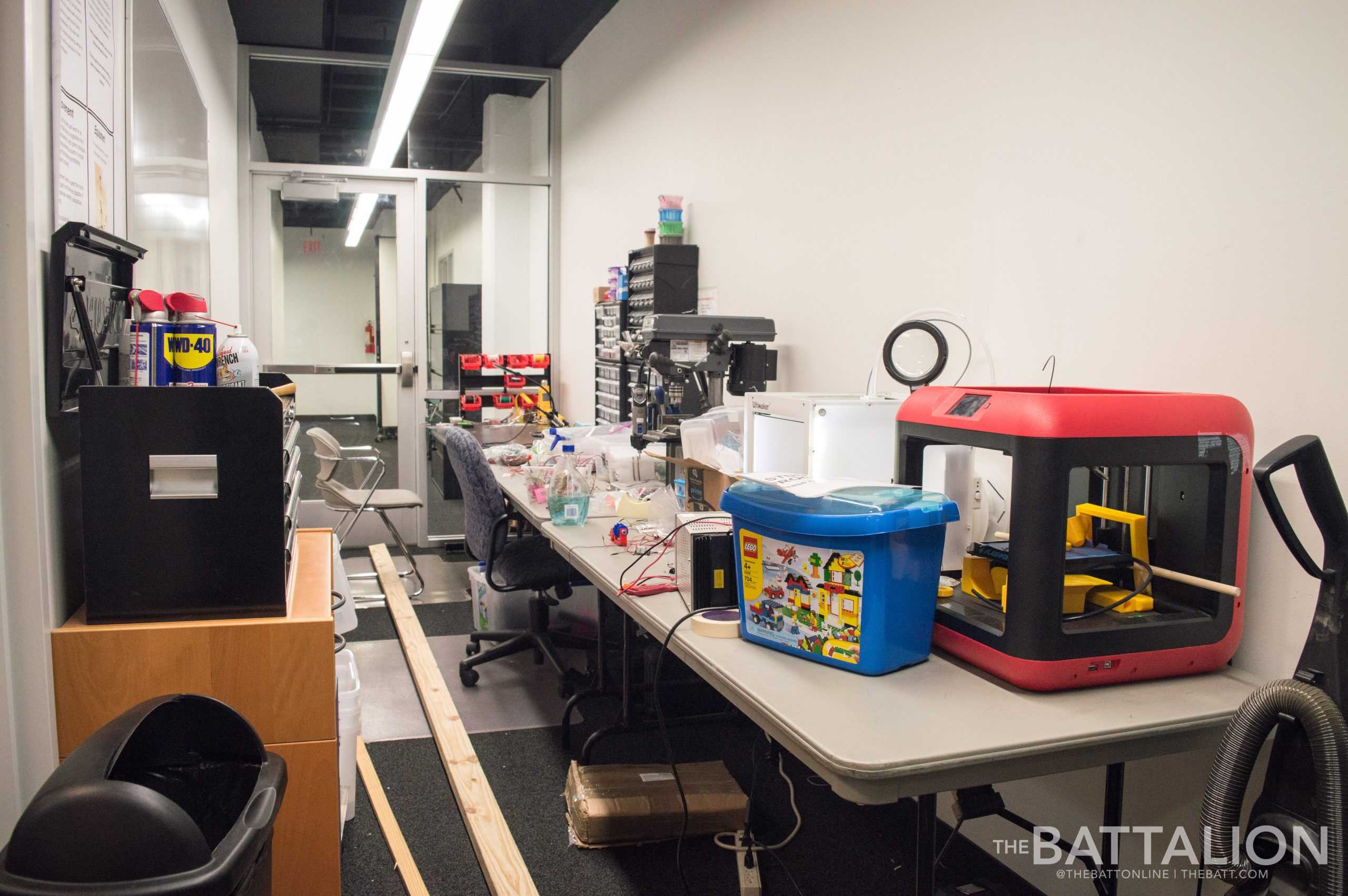A Texas A&M professor and his students are inventing electronic devices to explore how people interact with technology.
Located in the Langford Architecture Center, the TAMU Embodied Interaction Lab uses interaction-based research to answer questions pertaining to higher-level thinking within the human mind. Professor of Visualization Francis Quek originated the TEILab when he began teaching at A&M in 2013.
The TEILab uses a field called human-computer interaction to study new avenues for solving
problems.
“A lot of our work involves how the human mind that is designed to function in a physical body by interactive computers and how to design computers to work with this mind,” Quek said. “One thing you can think about what computers can do is how they help us live better, think more deeply, feel more intensely, understand more broadly.”
According to Quek, embodied interaction is a division of Human-Computer Interaction technology that studies how the human mind functions. This division of psychology states humans are designed to function in a world revolving around space and time.
“If the mind is designed to function in this physical body in the way we function and live in this world, then what does that say about the way we work with computers?” Quek said. “How does it inform the way we build interactive systems to help people to perceive things? All our projects in the lab relate to this question.”
Graduate student Josh Howell is one of many performing research for the TEILab. Howell’s studies explore the way humans use spatial awareness, specifically while reading. His project is to create an e-reader for the blind, which will help those individuals keep track of what they are reading.
“You have to go back as you sometimes do and go ‘Oh what was that concept?’” Howell said. “You generally will remember the basic layout of the page and where the information was on that page. The project I’m working on is giving the blind access to that spatial way of reading, organizing information in their head.”
The studies of the TEILab also include the touch project, which focuses on how remote touch can allow people to express their emotions. According to graduate student Angela Chan, the touch project is an armband device which allows those far apart to experience physical touch.
“Let’s say you’re on Skype with your mom and you really miss her,” Chan said. “Basically, you’re both wearing [the armband] on your arm and you say ‘Hey, mom. I miss you’ and you squeeze [your device]. On her side she can feel at that time exactly how you are squeezing her arm.”
Chan said the touch project has many applications, including treating depression and anxiety. For Chan, the project is more personal.
“My family is in Hong Kong and in Hawaii,” Chan said. “It’s really expensive travel, so to be able to have this device and kind of feel their presence even though they’re not really there would help with being away from home.”
Understanding embodied interaction
September 10, 2018
Photo by Photo by Brandon Holmes
Visualization professor Francis Quek directs the TAMU Embodied Interaction Laboratory.
0
Donate to The Battalion
$2065
$5000
Contributed
Our Goal
Your donation will support the student journalists of Texas A&M University - College Station. Your contribution will allow us to purchase equipment and cover our annual website hosting costs, in addition to paying freelance staffers for their work, travel costs for coverage and more!
More to Discover











